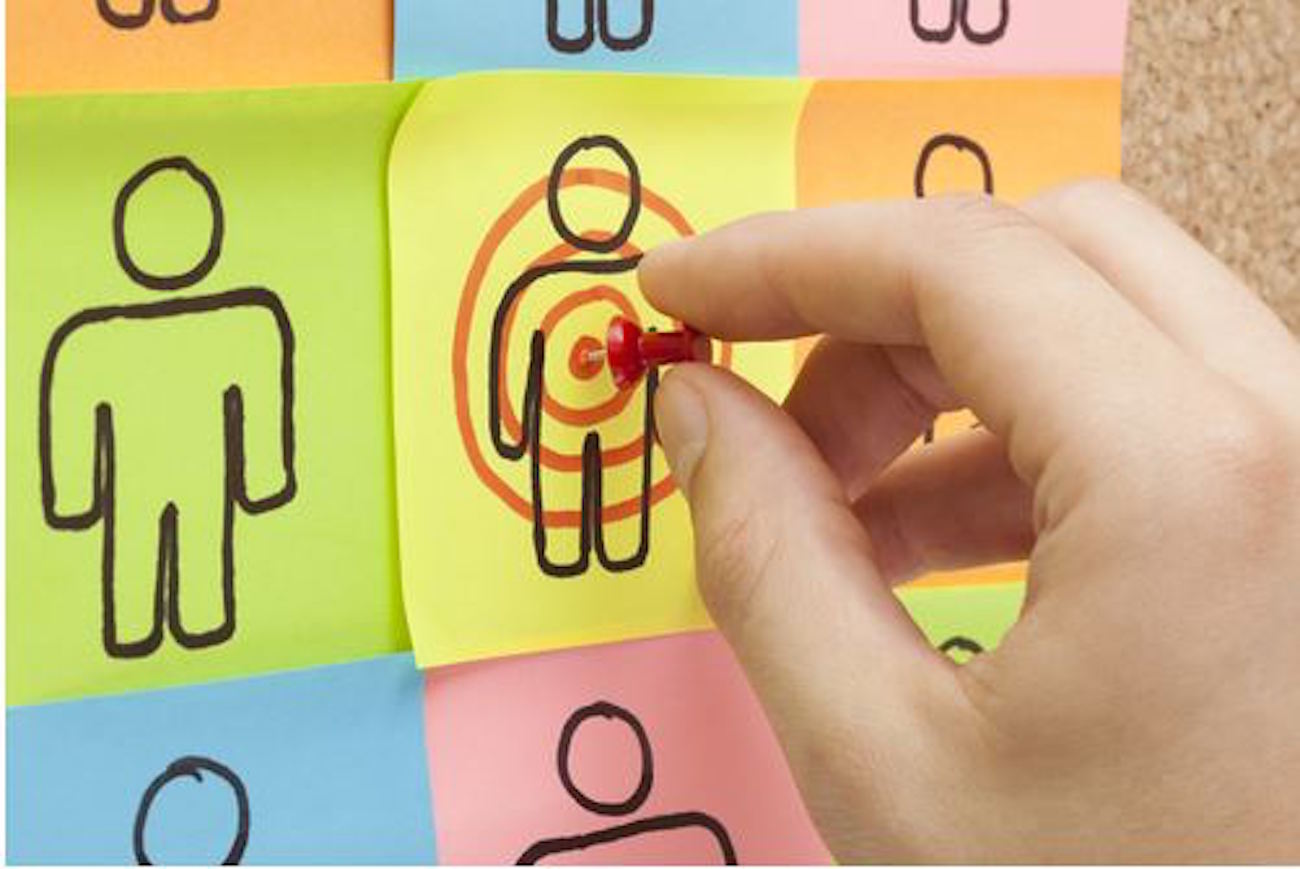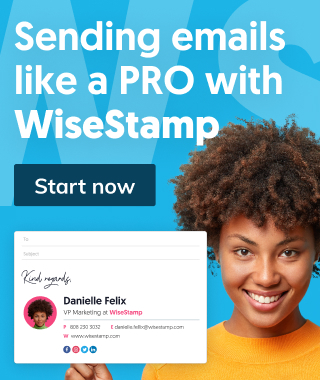What is customer-based marketing & how to get started?
Research shows that personalized marketing efforts perform better than general ones. Start using data to personalize your messages and boost conversions.

Fact: Today’s consumers are faced with more buying options than ever before. For a buyer, this highly competitive environment is often a winning scenario. However, for entrepreneurs, this crowded landscape makes small business success more difficult to achieve.
So, how can you differentiate your brand from the competition? Enter personalization or personalized marketing.
Personalization for Small Business Success
For those unfamiliar, personalization is the process of tailoring a marketing message to a specific individual or group of people. Through personalization practices, a marketing team abandons generic communications in favor of messages that resonate deeply with a certain demographic.
Whether the goal is to improve customer experience or generate more revenue, marketing personalization can aid in a number of different vital business practices. Not convinced? Consider these statistics:
- In a study of 650 multi-channel marketing campaigns, personalized campaigns consistently and overwhelmingly beat out static campaigns in generating a high response rate from recipients.
- 78% of consumers said they were more likely to buy from a retailer that presented them with offers targeted to their interests, wants, and needs
- 86% of respondents said they would be willing to pay 25% more for a better customer experience.
- 72% of respondents reported that generic marketing messages turned them off from a company.
As you can see, personalization can have a huge impact on an organization – and small businesses are no exception. Yet, while promising, this strategy won’t prove useful without one key ingredient: contact data.
Contact Data: The Key to Personalization Success
To put it simply, data is the core component of personalized messaging. After all, without data, how will you know who your best buyers are, what messaging resonates with them, or what convinces them to make a purchase?
It is no longer enough to guess who your target audience is and what they are looking for. In order to achieve results with your personalization efforts, you need a clear and informed picture of who your most promising prospects are.
Fortunately, most businesses already have access to this information within their CRM. As a marketer, it’s your job to compile this data, analyze it, and present it to your company in a digestible format.
Contact Data and Buyer Personas
This is typically done through buyer personas—or profiles of your best buyers. These profiles are comprised of demographic and firmographic data such as job title, job function, management level, industry, and company size.
A very simple buyer persona looks something like this: 20-35-year-old female, working in the SaaS industry at a company of 200+ employees, who has ‘analyst’ in her job title.
It’s important to remember that buyer personas are far more than a few shared characteristics — you also need to develop a thorough understanding of each persona’s buying habits and motivators, including common pain points, shared views, and other factors that influence their purchase decisions.
Buyer personas provide your content team with the insight and understanding needed to facilitate a successful personalization strategy. With this information, you’ll be able to deliver highly targeted content to the right prospects, at the time and in the right setting.
Examples of personalization efforts:
1) Email personalization
For a small business, the easiest way to personalize your outreach is through email. This strategy is not only one of the easiest to implement, but it is also cost-effective and ultimately, successful. In fact, individualized email campaign messaging and segmented email lists have been found to be the most effective personalization techniques for 50% & 51% of B2C & B2B marketers respectively.
Using your buyer personas, separate your email list into, smaller, more targeted lists, allowing for more personalized correspondence. When executed effectively, personalized email campaigns can produce staggering improvements to your email campaigns, including:
- 14% more opens
- 63% higher clicks
- 8% fewer unsubscribes
2) Website personalization
In today’s increasingly digital world, a high-quality business website is imperative. In fact, for many prospects, your site will be the starting point in the buying process.
74% of online consumers get frustrated with websites when irrelevant content appears.
Therefore, to make a good first impression, you need to eliminate content that doesn’t speak to your buyer personas. Instead, implement personalized web experiences in favor of generic, static landing pages, to push your prospects further along in the sales funnel.
When executed effectively, dynamic web pages can help achieve some of your most vital marketing objectives, including increased lead generation, revenue, and client satisfaction. Consider these statistics:
69% of buyers rank “relevant content that speaks directly to [their] company” as the most important factor when visiting a vendor website to conduct research.
Marketers who are personalizing their Web experiences and who are able to quantify the improvement see, on average, a 19% uplift in sales.
Personalized home page promotions influenced 85% of consumers to buy while personalized shopping cart recommendations influenced 92% of shoppers online.
As with email, your buyer personas should dictate all aspects of your personalized web experience strategy, from the language you use to the content subject matter you employ.
3) Local SEO personalization
SEO is the process of optimizing web content to boost free/organic traffic that originates from search engines. To put it simply, effective SEO is what puts your website on the first page of Google results – or in other words, in front of the eyes of your prospects more quickly and efficiently.
There are a number of different ways your team can use SEO to offer personalized content, but our suggestion is to prioritize local SEO initiatives. Not sure what local SEO consists of? Consider the last time you typed “gas station” or “fast food” into Google maps. Yup, those search results are a product of local SEO!
Local SEO may seem like a big challenge at first, but it doesn’t have to be – especially with your buyer personas in mind to guide you. A few simple strategies to get you started include getting your organization listed on business directories such as Yelp, or Google My Business listing, incorporating localized content on your website, or even asking your faithful customers for reviews on public forums.
Key Takeaways
To put it simply, personalization isn’t going anywhere; if your small business is not prioritizing personalized initiatives, you’re missing out – big time! Give your buyers the experience they’re looking for with messaging tailored to their wants and needs. Fortunately, for your business, the key to success is already within reach. Take the time to analyze and understand your database, and your prospects (and revenue) will respond accordingly!
Contributed by Krysta Williams, the Marketing Content Specialist at ZoomInfo. ZoomInfo offers the most accurate and actionable B2B data to help organizations accelerate growth and profitability. The continuously updated database enables sales and marketing teams to execute more effective marketing campaigns and improve sales prospecting efforts.


